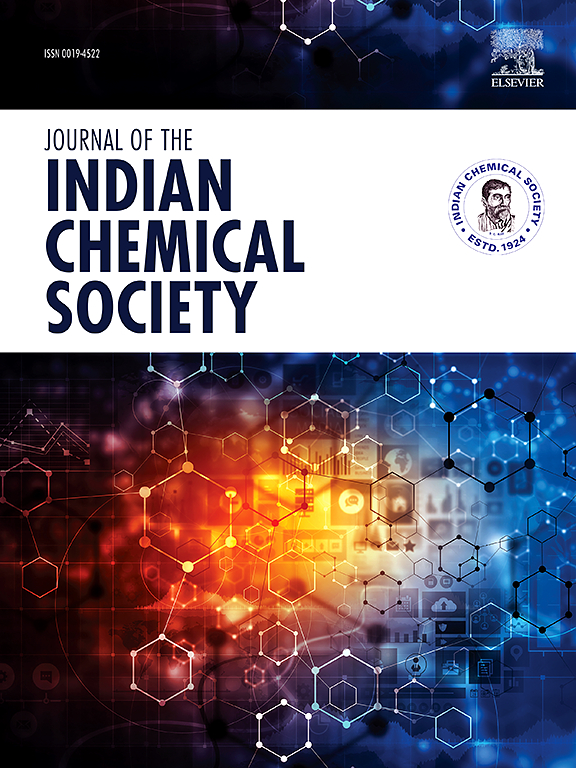Investigation of carbon dioxide absorption with glycerol and glycerol + sodium hydroxide hybrid solutions using stirred cell reactor
IF 3.2
4区 化学
Q2 CHEMISTRY, MULTIDISCIPLINARY
引用次数: 0
Abstract
The major effect of global warming is accepted as excessive carbon dioxide (CO2) emission. The absorption process is widely used to reduce CO2 emission and capture it at the source. This study investigated glycerol, a biodiesel waste by-product, for CO2 absorption. Glycerol has a high boiling point and is very soluble in water. It is a suitable solvent for CO2 absorption due to its low vapor pressure, low volatility, ease of access, and low solvent loss. The studies were performed using a stirred cell reactor and experiments were carried out at ambient temperature (20oC) and atmospheric pressure (91 kPa). In experiments, the total CO2 absorption capacities and dissolution rates were investigated using 5–40 wt% aqueous glycerol solutions and also using hybrid solvents by the equi-volume mixing of them to 0.5 M aqueous solution of sodium hydroxide (NaOH). As a result, 5, 10, and 15 wt% glycerol and 0.5 M NaOH hybrid solutions had an increasing trend on CO2 absorption capacity and rate of absorption, in which the best results gave at 15 wt% glycerol+0.5 M NaOH between hybrid solutions. In addition, using glycerol for CO2 capture processes has great potential in terms of waste management of biodiesel process. Density and viscosity of all solutions were determined by experimentally. Functional groups were also determined by FTIR analysis of pure and CO2-loaded glycerol and glycerol + NaOH hybrid solutions.

求助全文
约1分钟内获得全文
求助全文
来源期刊
CiteScore
3.50
自引率
7.70%
发文量
492
审稿时长
3-8 weeks
期刊介绍:
The Journal of the Indian Chemical Society publishes original, fundamental, theorical, experimental research work of highest quality in all areas of chemistry, biochemistry, medicinal chemistry, electrochemistry, agrochemistry, chemical engineering and technology, food chemistry, environmental chemistry, etc.

 求助内容:
求助内容: 应助结果提醒方式:
应助结果提醒方式:


